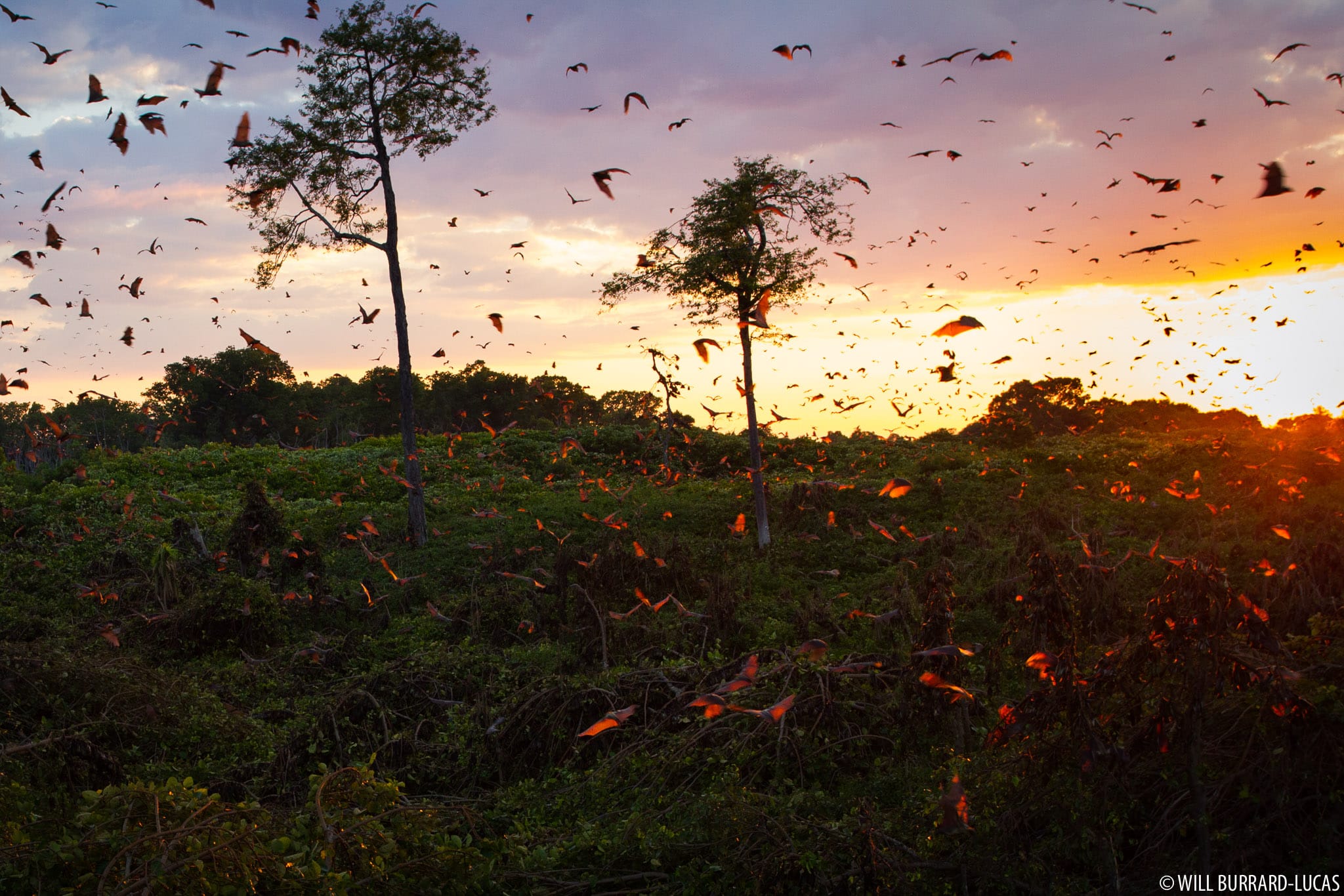A recent study highlights the potential for rising sea levels to displace millions worldwide, indicating a looming global migration crisis. This report underscores the urgent need for global awareness and action regarding climate change and its impact on communities.
Tag: Migration
First Migrant Deportation Flight Lands at Guantanamo Bay
The United States has initiated the deportation of migrants to Guantanamo Bay, marking a significant development in its immigration policy. The first flight carrying deported individuals arrived at the naval base amid heightened security and with plans to house thousands more at the site.
Gazans Migrate North after Israel-Hamas Truce
Thousands of Gazans have begun leaving the besieged strip, marching north towards Israel in the aftermath of the Israel-Hamas ceasefire. The move aims to escape the harsh living conditions and seek better economic opportunities in nearby territories.
US Suspends Proposed Tariffs on Colombia Following Migration Agreement
The United States has announced a temporary pause on planned tariffs against Colombia, citing a newly reached agreement regarding the unrestricted acceptance of migrants. The White House confirmed the deal, stating that the suspension of tariffs is contingent upon Colombia upholding its commitment to this migration policy.
Nature’s Navigators: How Bats Utilize Weather Patterns for Long-Distance Travel
Bats, often overlooked in the study of animal migration, exhibit remarkable abilities to traverse vast distances by harnessing weather patterns. Recent research reveals that these nocturnal mammals utilize atmospheric conditions, such as wind direction and temperature fluctuations, to optimize their travel routes. This article explores the fascinating ways in which bats navigate their environments, the implications of their migratory behavior, and the broader significance of understanding these patterns in the context of climate change.
Navigating the Skies: How Bats Use Weather Patterns for Long-Distance Travel
Bats are remarkable creatures, not only for their unique adaptations and ecological roles but also for their ability to traverse vast distances. Recent studies have revealed that bats can utilize weather patterns, particularly winds and storms, to aid their migratory journeys. This article explores the mechanisms through which bats harness weather conditions, the implications for their migration strategies, and the broader significance of these findings in understanding animal navigation.
Increased Maritime Arrivals Recorded in the Canary Islands
The Canary Islands have experienced a significant increase in the number of migrants and refugees arriving by sea during 2024, marking a notable shift in migration patterns and posing logistical challenges for local authorities and humanitarian organizations.
Surge in Migrant Arrivals to the Canary Islands by Sea in 2024
In 2024, the Canary Islands have witnessed an unprecedented influx of migrants and refugees arriving by sea. This increase has raised concerns about the humanitarian situation and the capacity of local authorities to manage the growing number of individuals seeking asylum. Various factors, including ongoing conflicts and economic instability in their home countries, have contributed to this surge, prompting calls for a coordinated response from European nations.
Surge in Migrant Arrivals to the Canary Islands by Sea in 2024
In 2024, the Canary Islands have experienced a record influx of migrants and refugees arriving by sea, highlighting ongoing challenges in migration management and humanitarian response. This increase has raised concerns about safety, resources, and the implications for both the islands and the broader European context.
Bats Harness Storms for Migration, New Study Reveals
A recent study has uncovered that migrating bats utilize storm systems as a means to enhance their travel efficiency. Researchers found that these nocturnal mammals surf on the winds generated by storms, allowing them to cover greater distances with less energy expenditure. This discovery sheds light on the adaptive behaviors of bats and their remarkable navigation skills during migration.









